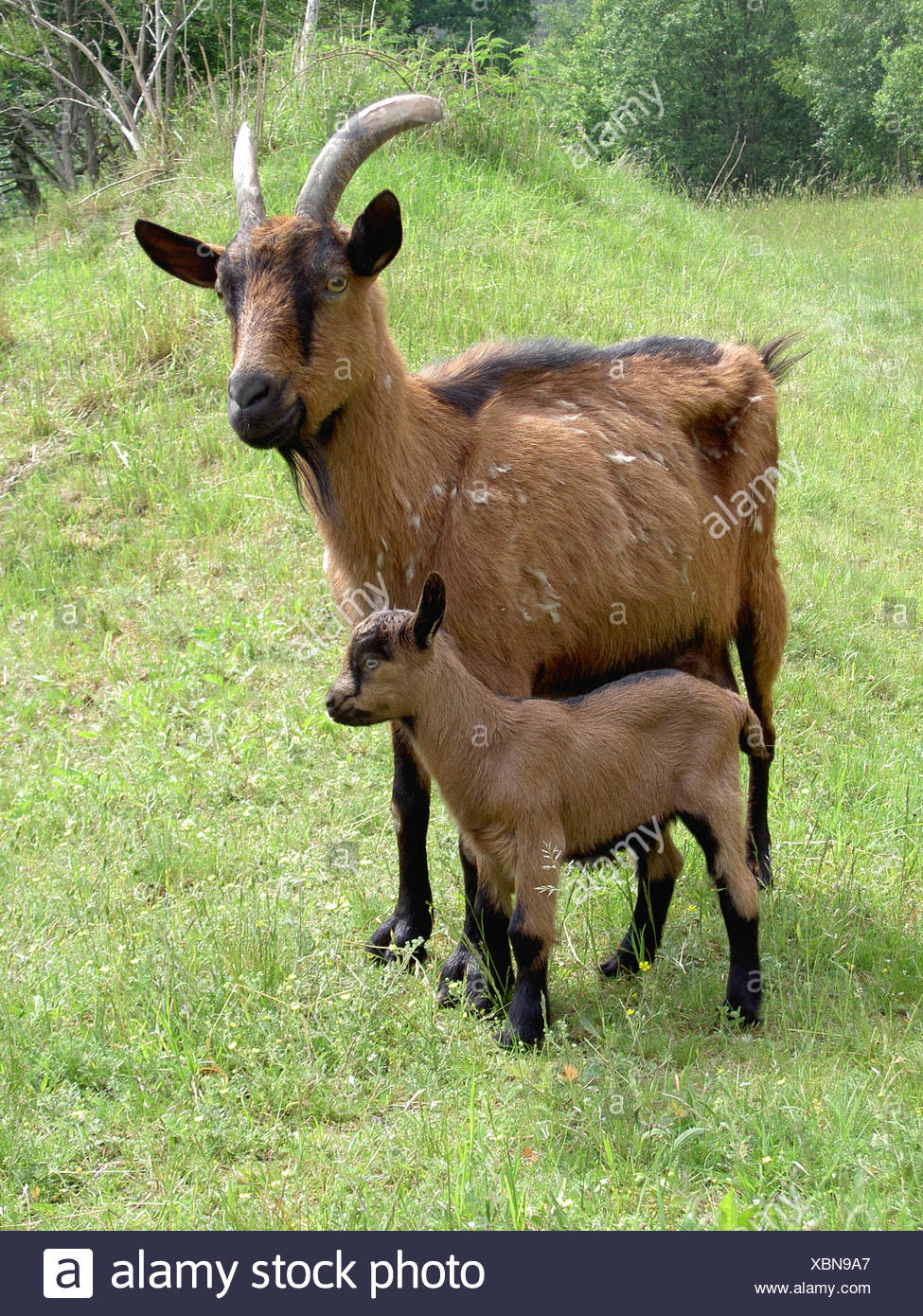

Hence, in the present study, we identify and investigate polymorphisms (single nucleotide polymorphism ) in the exon of caprine MC1R gene that plays a central role in regulation of animals coat color formation, to examine presence and potential effect of this locus in different coat color groups in Mongolian native goat (MNG), Gobi Gurwan Saikhan (GGS), and Zalaa Jinstiin Tsagaan (ZJT) goats. Further study may contribute to improve the understanding of goat coat color genetics that is vital for designing a new goat breeding program in Mongolia, as well as improving the quality (with desired light color) of fiber product for exportation. However, some previous studies also suggested that the existence of the red (at least red-head or neck) phenotypes was highly associated wth a recessive e allele in some breeds. For this reason, we have separately done an association test for these two coat colors. The majority of previous studies focused on mutations in MC1R gene primarily controling black and white coat color variation. Therefore, better understanding the molecular background of Mongolian goats’ coat color (especially white, black, and red) is very important. Although, there is conspicuous diversity, there are no studies avialable that document coat color pigmentation of Mongolian goats, including economically important white coat color phenotype. Mongolian goats show a remarkable variety of coat colors varying from white to black, together with several other colors, including red. Since the goat coat color is strongly linked to the cashmere products in Mongolia, the light colored cashmere that comes from goats with light phenotype (e.g. These economically important goats produced one of the major export products, cashmere, and Mongolia became the second largest cashmere producer in the world, second only to China.

In 2017, Mongolia had 27.3 million goats (41.3% of domestic animals). Consequently, following this phenomenon, the number of goats rapidly increased since 1990s, for example, 5.1 millon goats were counted in 1990, followed by 10. However, the goat breeds became the most economical animals in Mongolia after 1990s democratic revolution, because of a rapidly increased cashmere price (from ~$4.0 up to approximately $40.0 for a kilo). Historically, Mongolians have reared relatively smaller pop ulations of goat that accounted for ~17% of total domestic animals in the country before and during Soviet Union rule.


 0 kommentar(er)
0 kommentar(er)
